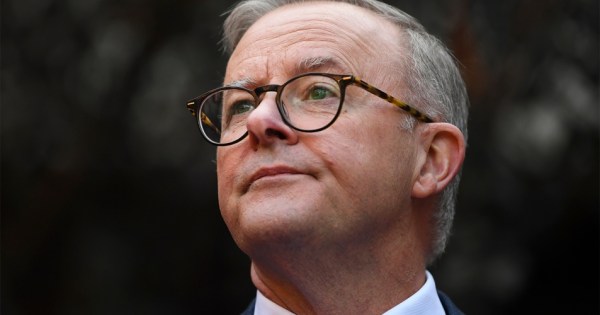Today Crikey runs the final story in the Deaths in Custody investigation by Inga Ting. The series kicked off 10 weeks ago with the revelation that 20 years after the Royal Commission into Aboriginal deaths in custody, inmates are still dying as a result of the same practices the commission sought to eliminate.
Nine weeks ago, Ting wrote about how the hanging death of Aboriginal inmate Larna Louise Ryan could have been avoided had prison and health authorities simply checked her medical and case history. In “Seven tragedies, seven cases of negligence”, Crikey profiled seven deaths linked through a chain of negligence, bureaucratic bungling and failed policies, including the 2007 death of mentally ill prisoner Adam Douglas Shipley.
Next up, Ting reported that one quarter of inmates who suicided in NSW prisons in the past nine years did so within days of having been assessed as no longer at risk of self harm or suicide. The following week she reported that the deaths of prisoners in cells specifically designed to prevent self harm has raised doubts about supervision and monitoring practices in NSW prisons in the story “In safe, monitored rooms prisoners still hang”. Five weeks ago the focus was on families of the victims and, after that, Ting chronicled the fractured relationship between custodial authorities and prisoners’ families.
“I’m homicidal, I’ve told them that for days” ran the headline three weeks ago, above a Crikey analysis of coronial reports that found careless or inappropriate jail or cell placement has contributed to at least 20 deaths in NSW prison custody in the past decade. Two weeks ago Ting reported that despite the sweeping changes following a Royal Commission, serious questions were still being asked by NSW coroners about the accountability and independence of deaths in custody investigations. Last week Crikey revealed state governments around the country are not only failing to fulfill their obligation to remove obvious hanging points in police and prison cells, they’re building new prisons that don’t meet this safety standard.
As a result of these stories talkback lit up, letters were written and headlines were generated around the country.
That’s what we’d like to say. But it didn’t, they weren’t, and they haven’t.
Last night, the report Doing Time — Time For Doing: Indigenous Youth in the Criminal Justice System was tabled in the House of Representatives. Between 2000 and 2009, it reads, the incarceration rate for indigenous Australians rose by 66%. Indigenous juveniles are now 28 times more likely than non-indigenous juveniles to be incarcerated, despite indigenous peoples representing only 2.5% of the population.
2.5%.
“The committee agrees that this situation is a national disgrace and recognises that all governments, including the Commonwealth, states and territories, have failed to adequately address this problem,” read the report.
Stay tuned as talkback lights up, letters are written, and headlines roll out. Or so we’d like to think.







Thank you to Inga Ting for the time, effort and research in writing these chilling stories, and thank you Crikey for publishing them. I may not have been active in response to them, but I have appreciated their publication very much.
What we are witnessing is a low-level war on Indigenous people and a low-level resistance. This is about more than hanging points, it’s about non-Indigenous people not facing up to their/our impacts on Indigenous people. This needs us all to be philosophers and face some hard truths. Together we can walk to a better future.
This is not only about Aboriginal people, if you want to see a real war on Aboriginies, have a look at the NT, where I live, never thought I would be for the Aboriginal cause, but I was wrong.
They havent got a chance, with the present system used by our glorious government.